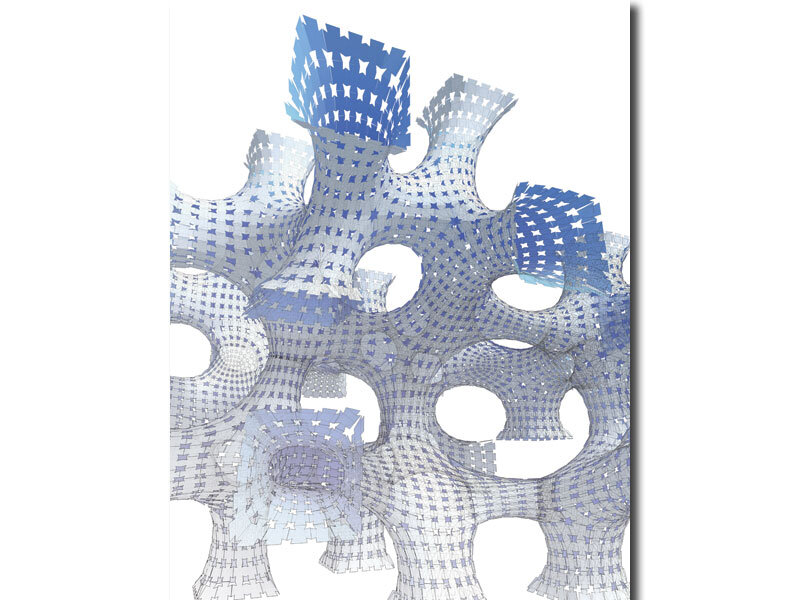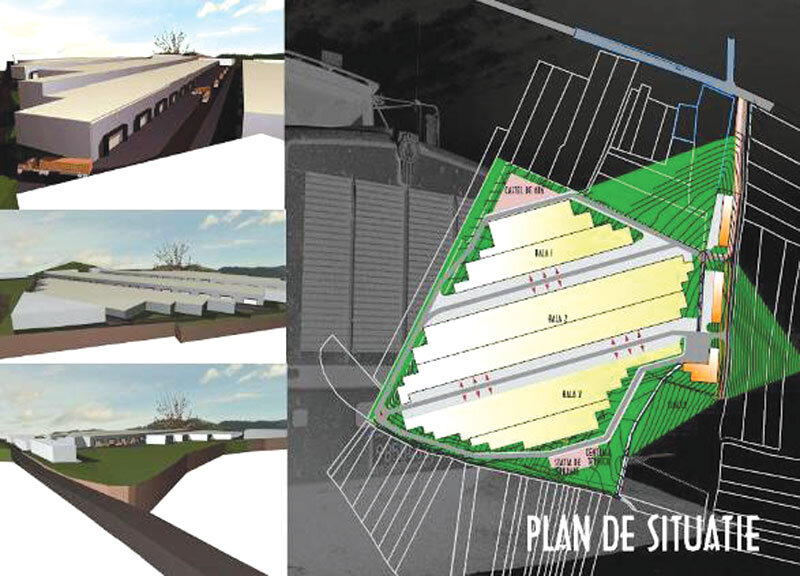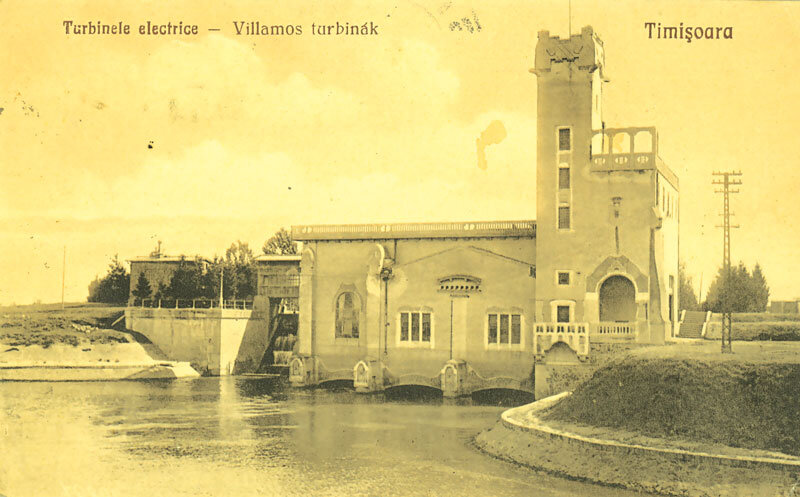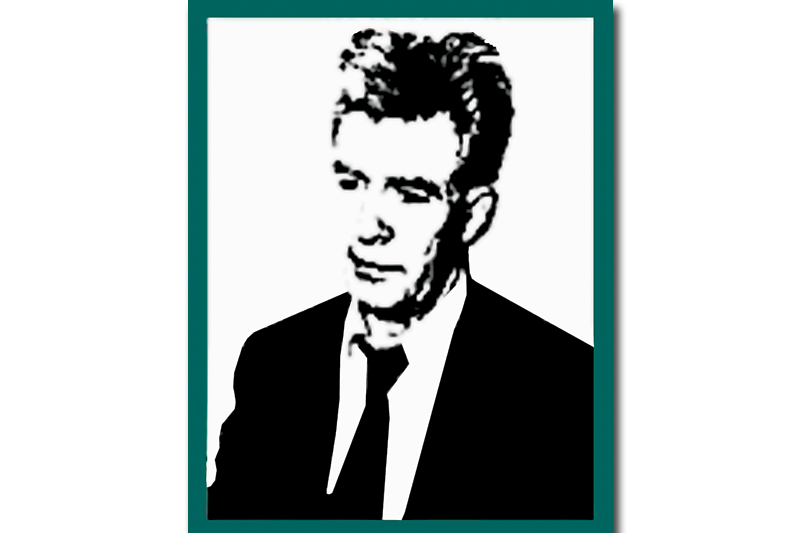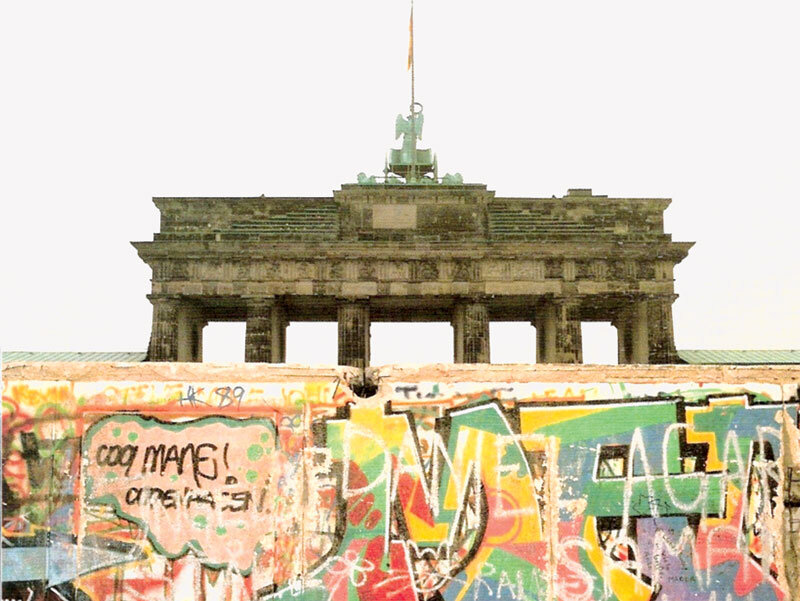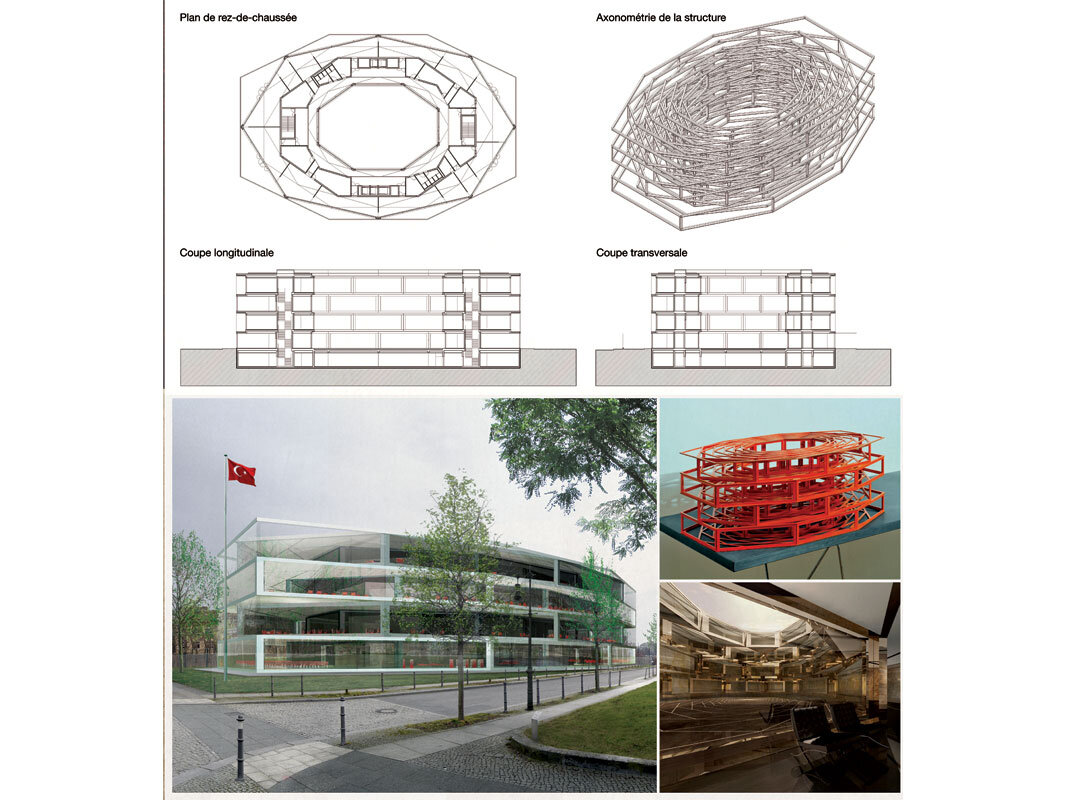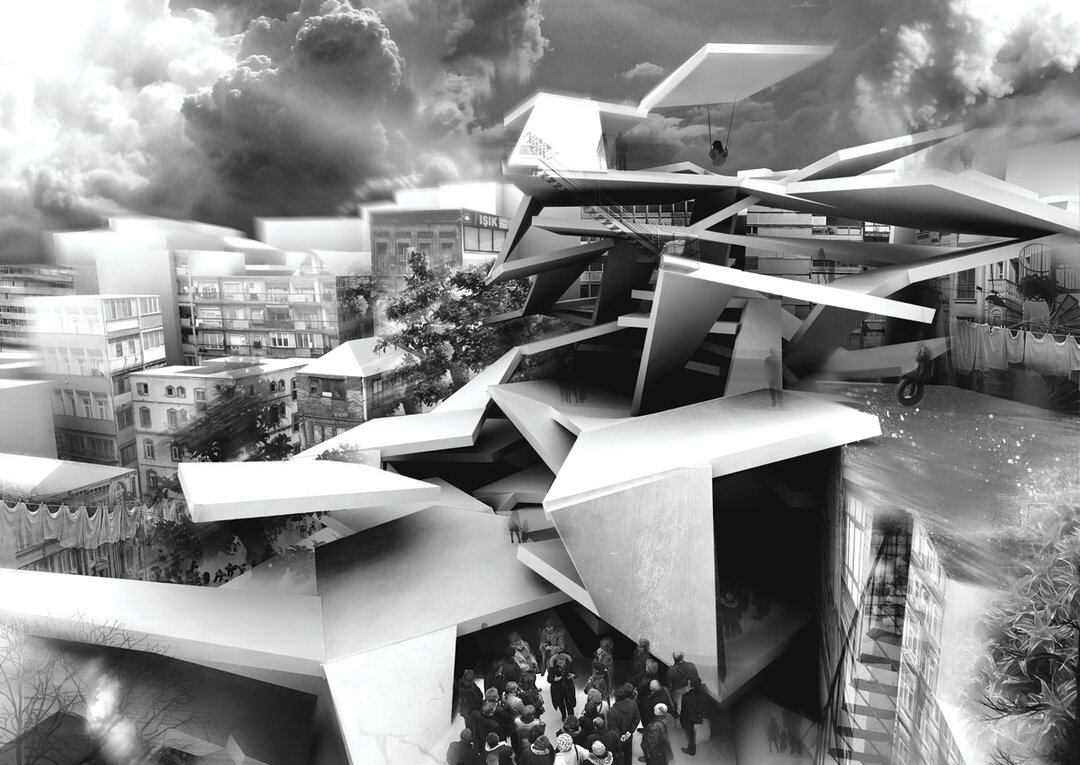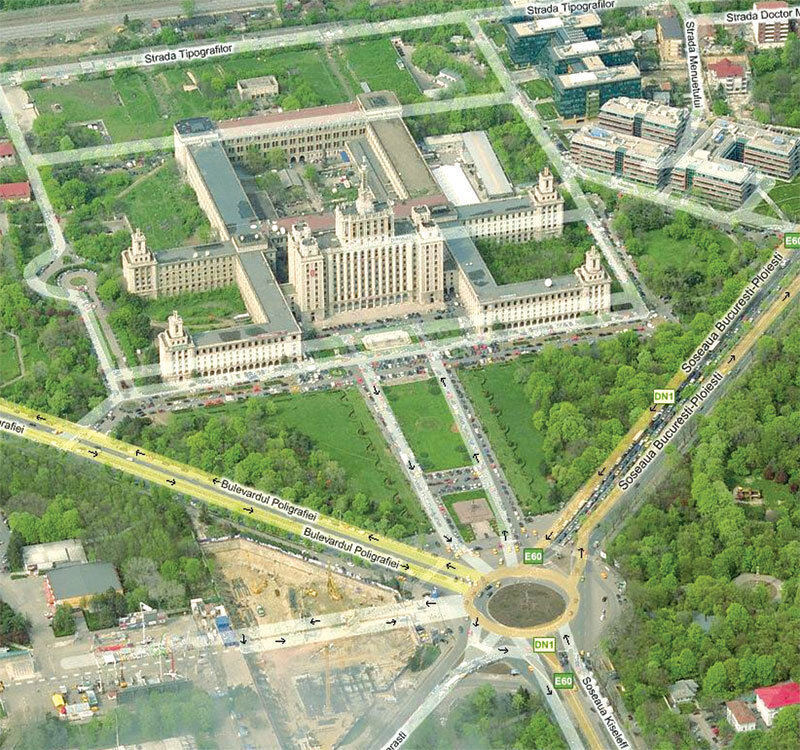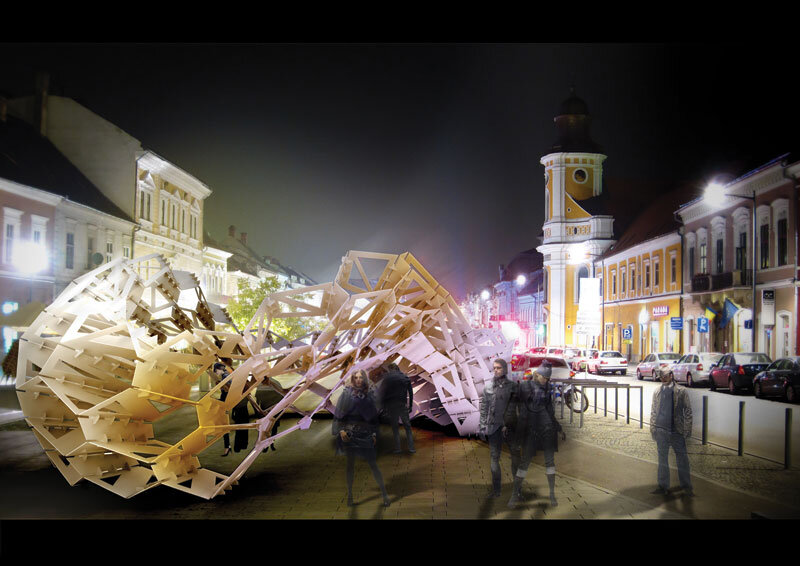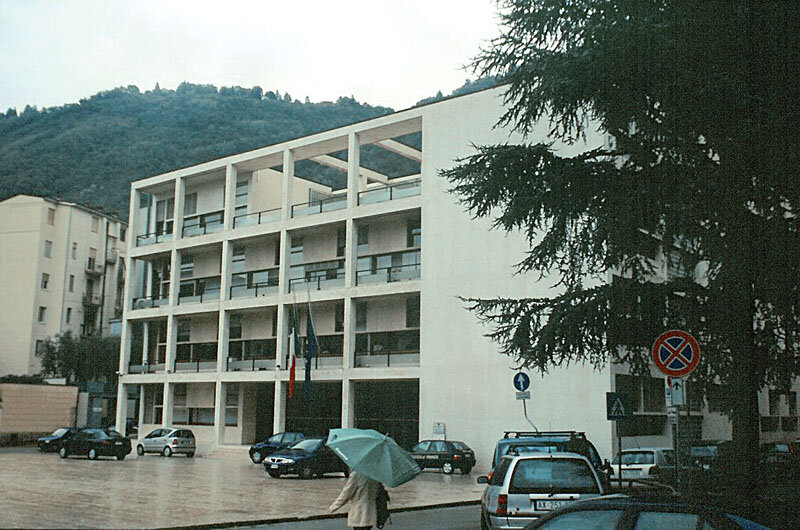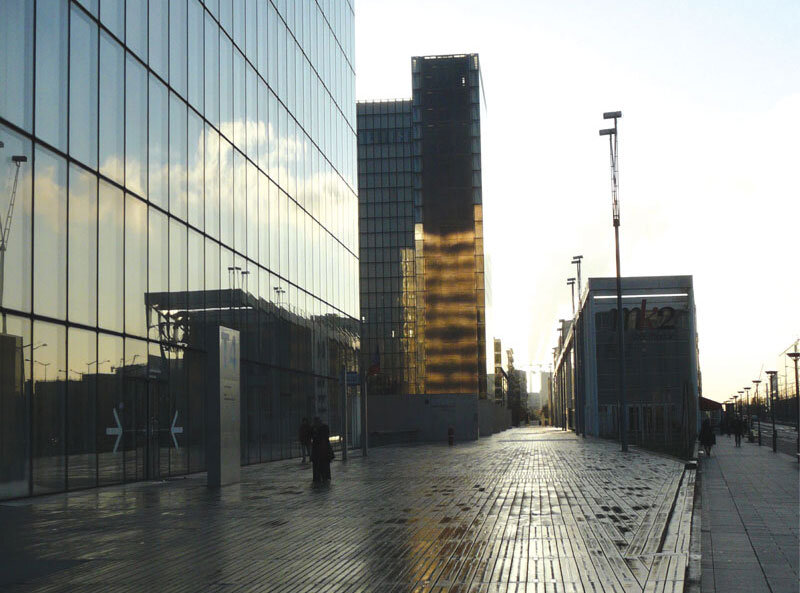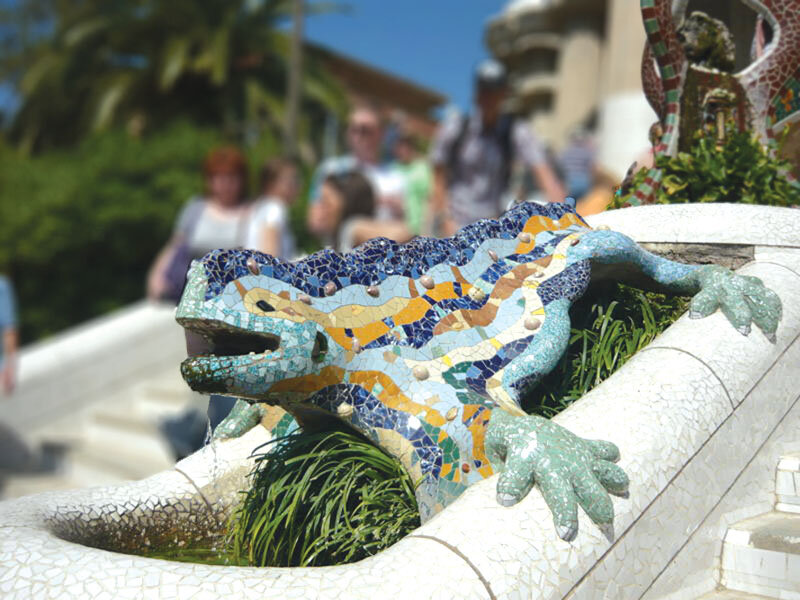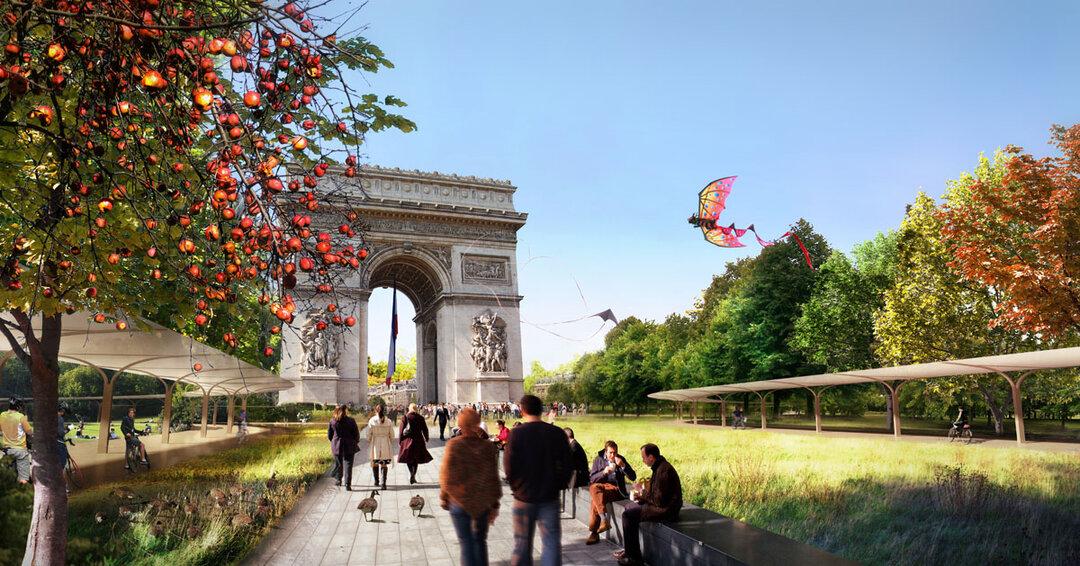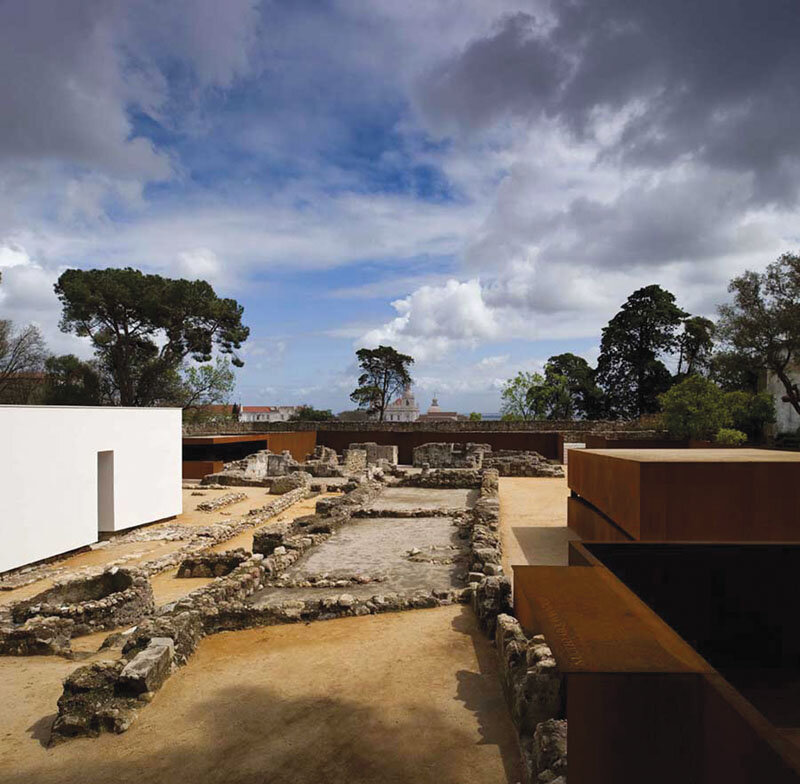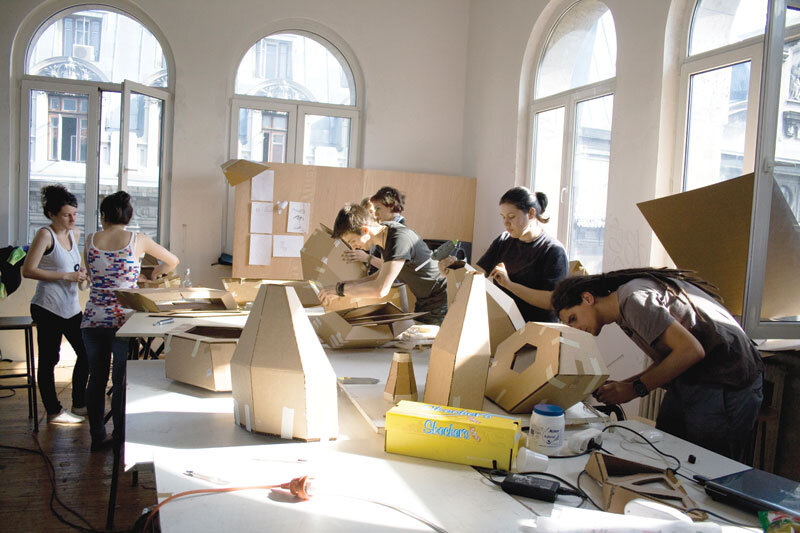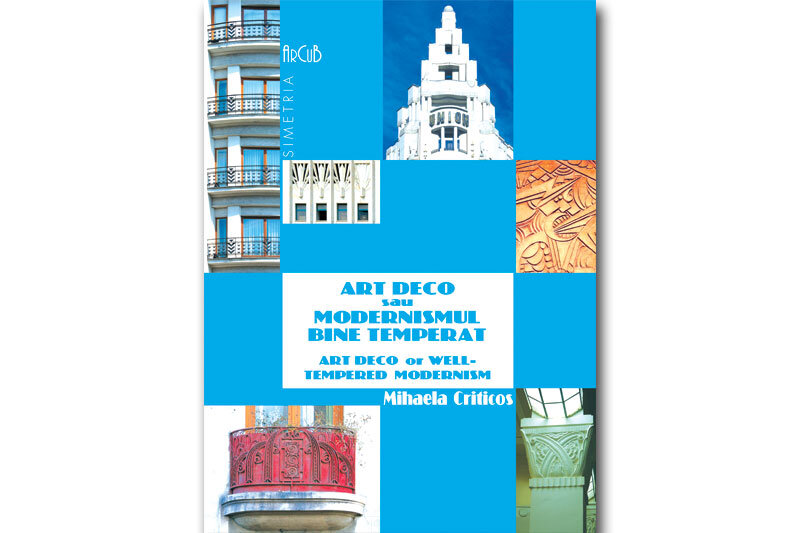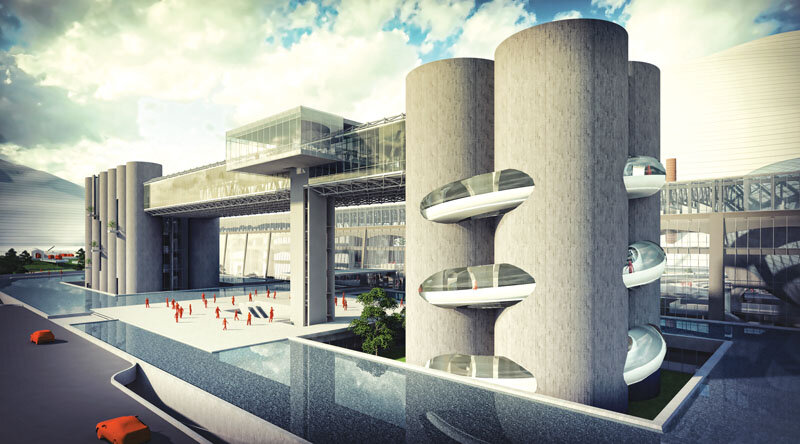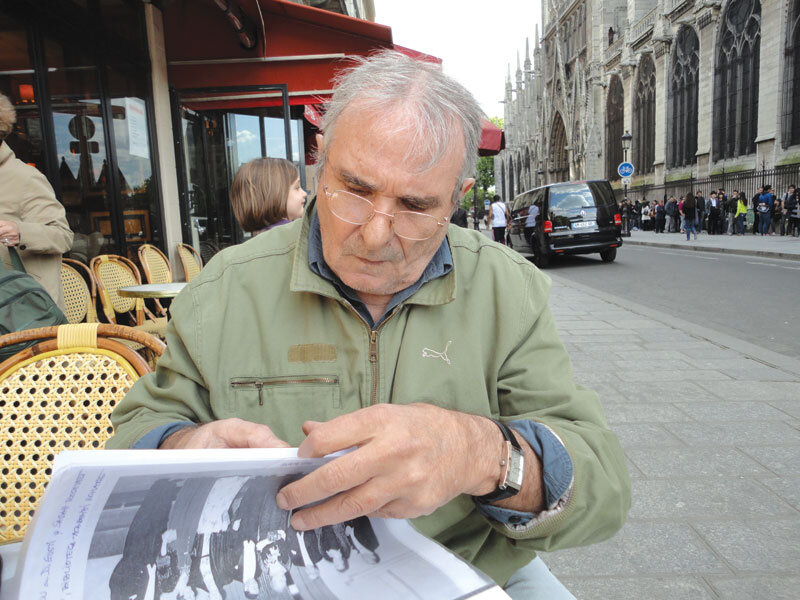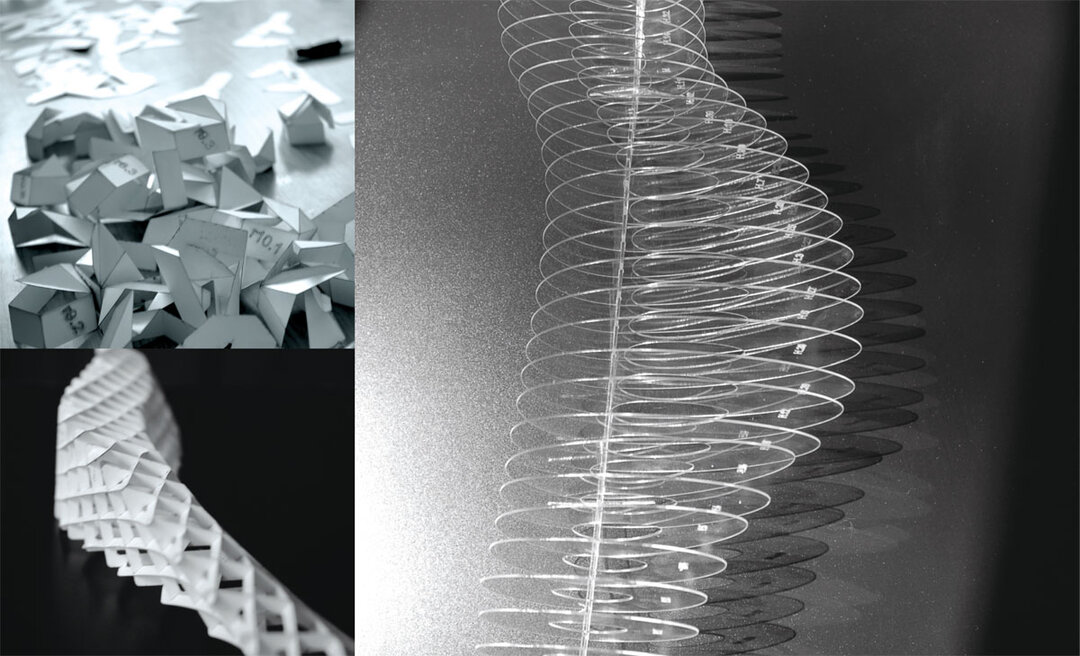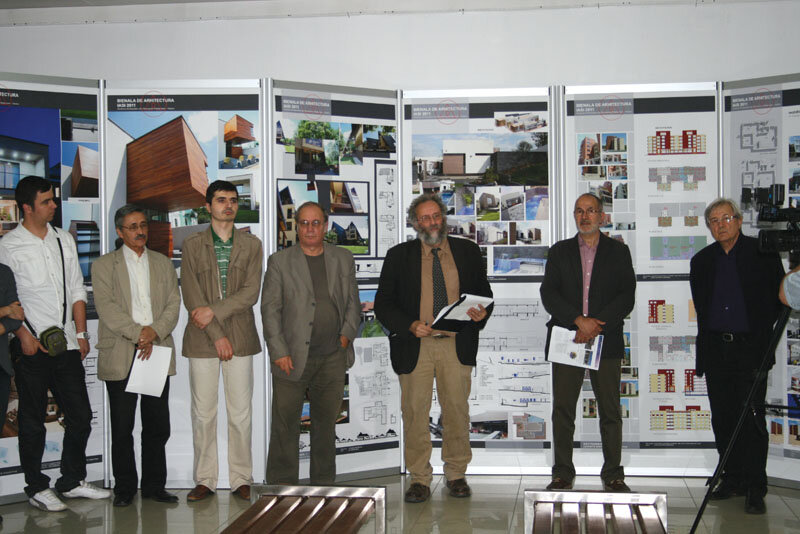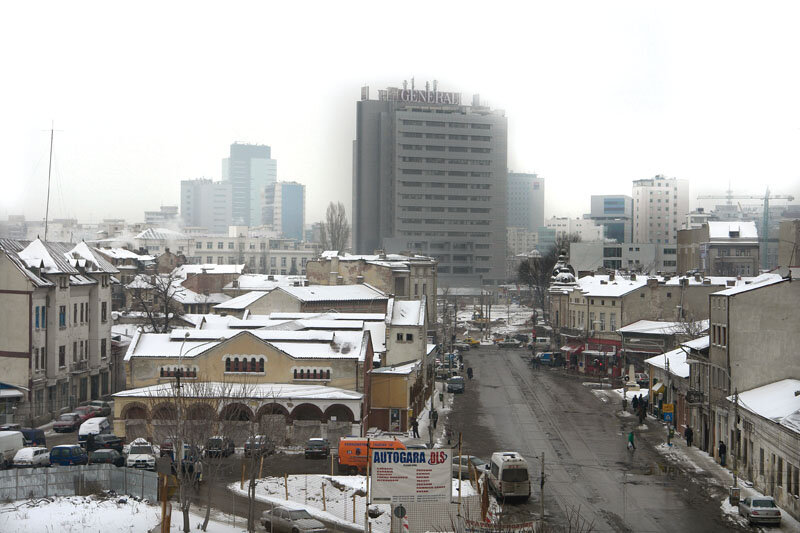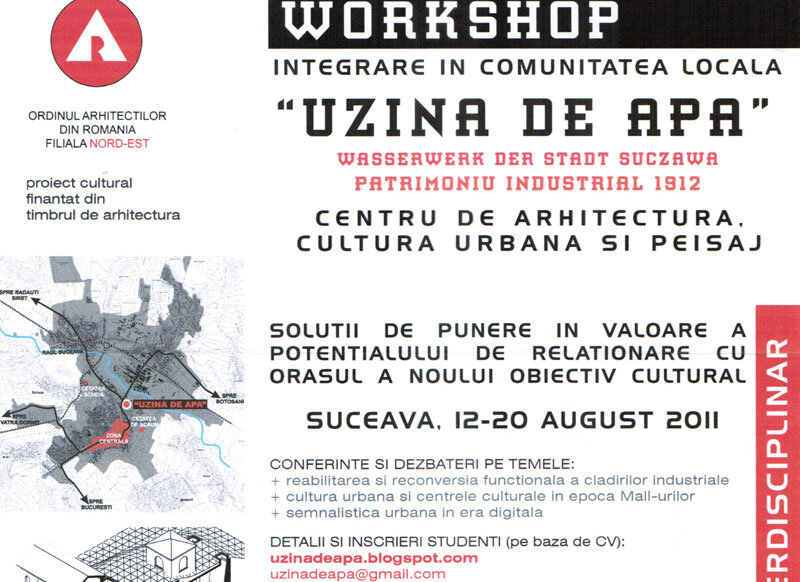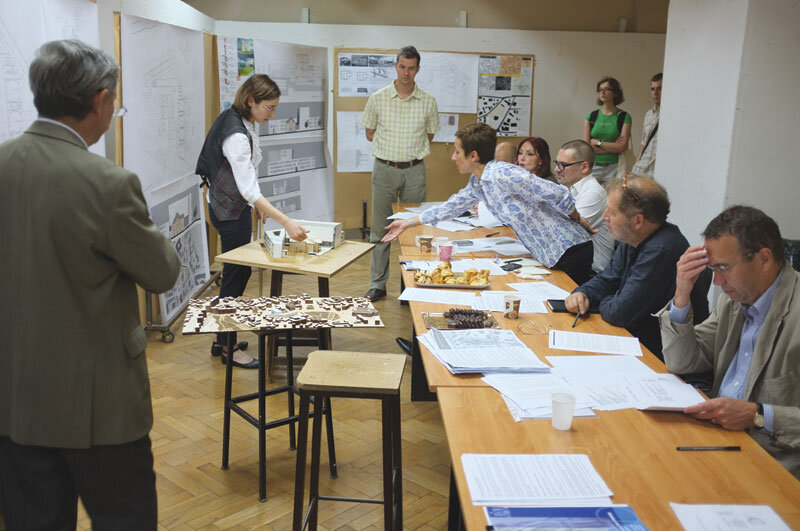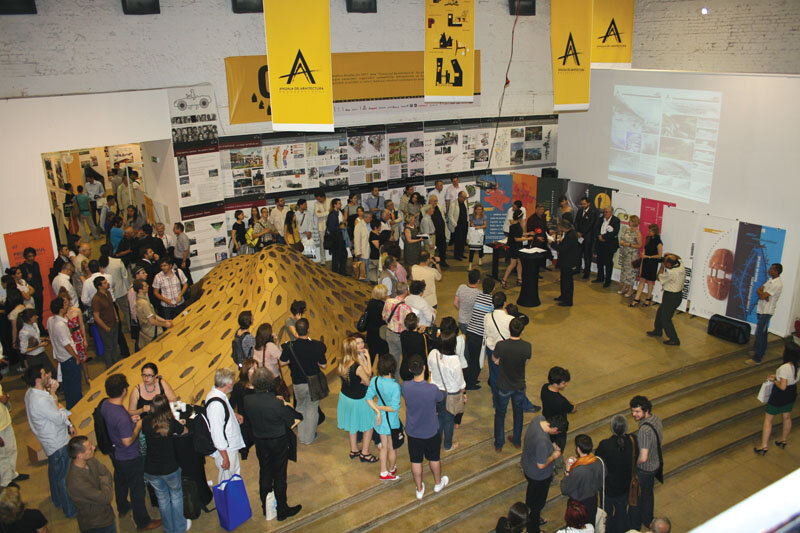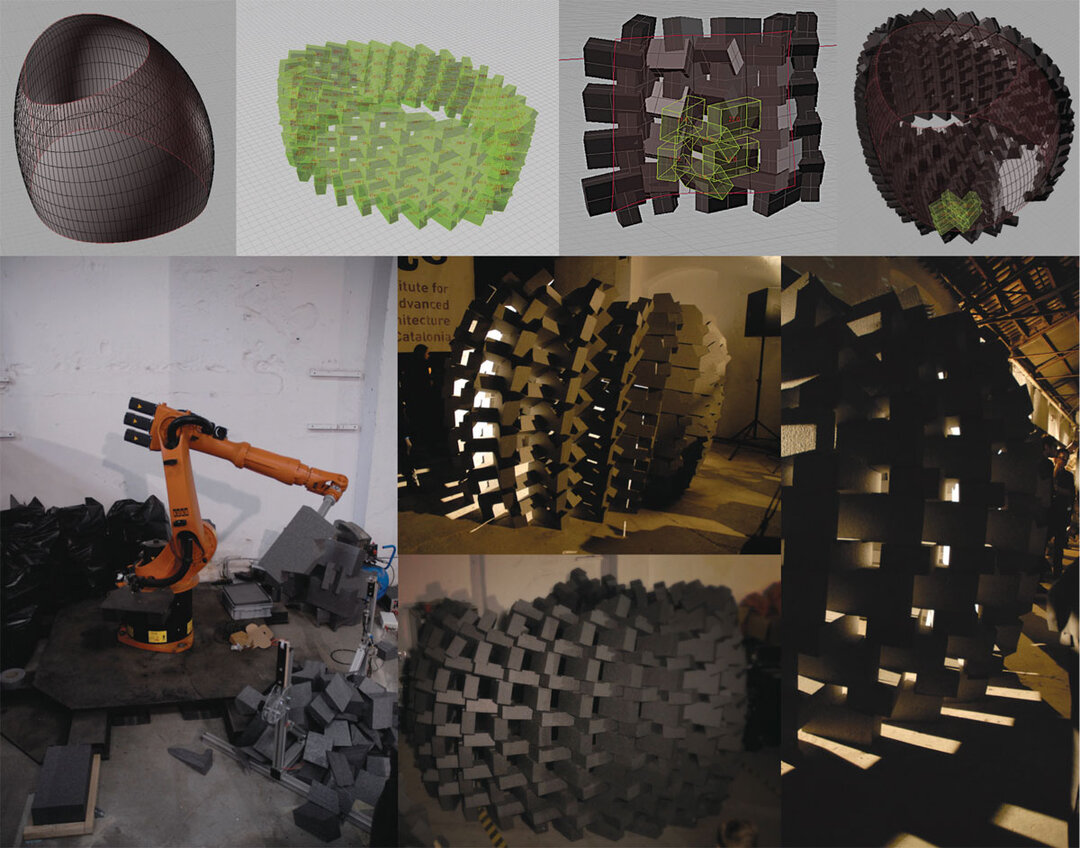
Algorithmic abuse. A critical perspective

| A recurring issue among practitioners and promoters of what we will call, at the risk of generalization, computational architecture, is the oft-mentioned (though rarely justified) "complexity crisis" in which the world and its architects find themselves. This condition manifests itself as information overload¹ and is seen as a natural consequence of the unparalleled growth of numbers and decimals struggling for our attention. In response to this crisis, computational architecture is rushing to dictate a paradigm shift by promoting the assimilation and implementation of various concepts and theories from science and philosophy - theories that, taken together, can help us navigate the confusing world described by chaos theory. Naturally, given the epistemological and ontological framework in which architectural discourse defines its crisis, the concept of 'informative' and the verb attached to it 'to compute/process/com compute' become essential terms of the design process. Information, rationalized as pure numerical data, becomes the main morphological force behind both the natural world and architecture. Read the full text in 3 / 2011 of Arhitectura Magazine. Note: [1] In relation to information overload, Cory Doctorow proposes a corollary concept arising from it in his article in The Guardian on February 22, 2011: redundancy. He argues that important and interesting information will surface at some point using the new mechanisms of social media. This article will be published in issue 1.5 of PLAT (Fall 2011). |
| Algorithmic abuse. A critical standpoint A recurring concern among the practitioners and promoters of what we shall refer to generally as "computational architecture" is the oft-mentioned (but rarely justified) "crisis of complexity" in which the world and its architects apparently find themselves. This condition manifests itself as an information overload, which is seen as the natural consequence of an ever-larger pool of numbers and decimals vying for our attention¹. In response to this crisis, computational architecture is in a rush to dictate a paradigm shift by promoting the assimilation and implementation of concepts and theories emerging from science and philosophy - which, in combination, are intended to help us to navigate the confusing world described by chaos theory. Naturally, given the epistemological and ontological framework in which the architectural discourse defines its crisis, "information" and its attendant erb "compute" become the most critical terms of the design process. Information, rationalized as pure numeric data, becomes the driving morphological force not only for the natural world, but for architecture. Read the full text in the print magazine. Note: [1] Regarding informational overload, Cory Doctorow has proposed in his blog post on "The Guardian" on the 22nd of February 2011 an interesting corollary stemming from it: redundancy. He also argues that meaningful and important information will eventually surface into the mainstream through the use of new social media mechanics. This article is from the upcoming 1.5 issue of PLAT (fall 2011). |

